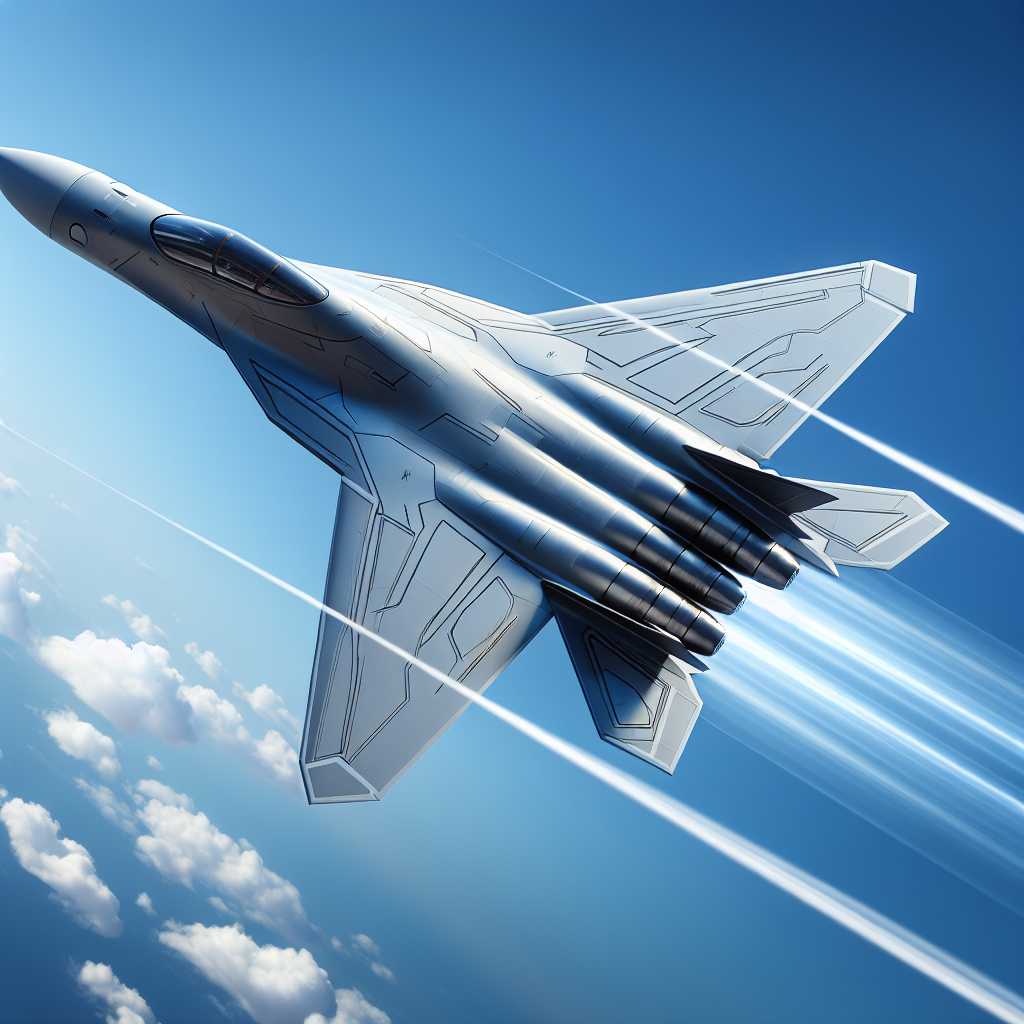The Significance and Development of Russian Fighter Jets
In the realm of military aviation, Russian fighter jets hold a significant place with a heritage marked by technological innovation, strategic application, and distinct contributions to global aerospace. From the earliest jet fighters developed in the late 1940s to the state-of-the-art models rolling off production lines today, Russia has a long history of designing and producing aircraft that have influenced the balance of air power around the world.
Historical Evolution of Soviet and Russian Fighter Aircraft
The history of Russian fighter aircraft dates back to the early days of jet engine technology. After World War II, the Soviet Union recognized the importance of air supremacy and embarked on an ambitious program to develop a generation of jet fighters that could compete with Western designs.
The First Generation: MiG-15 and Beyond
One of the first notable Soviet jets was the Mikoyan-Gurevich MiG-15, which flew in the late 1940s and became one of the world’s most-produced jet fighters. Its involvement in the Korean War against United States Air Force F-86 Sabres etched its name in military aviation history. The success and shortcomings of the MiG-15 helped redefine air combat strategies and laid down the path for subsequent designs.
The Cold War Aviation Race
Throughout the Cold War, Soviet fighter jet innovation was fueled by the desire to match or exceed the advancing technologies incorporated by NATO forces, especially those of the United States. This led to a series of aircraft like the legendary MiG-21, which became an iconic symbol of Soviet air power and was widely exported.
Modern Russian Fighter Jets: Continuity and Innovation
Following the dissolution of the Soviet Union, Russia inherited a vast military-industrial complex and continued developing new fighter aircraft. Modern Russian designs such as the Sukhoi Su-27, MiG-29, and later variants like the Su-35 and Su-57 exemplify Russia’s enduring commitment to maintaining an advanced and competitive edge in fighter aircraft capability.
Manufacturing and Export Prowess
Aside from ensuring its own security, Russia’s fighter jet manufacturing has also been a crucial element in its international relations strategy, with numerous countries operating Russian-made fighters. Aircraft such as the MiG-29 and Sukhoi fighters have been heavily exported, becoming staple units within many foreign air forces, which rely on these cost-effective yet capable jets for their defensive needs.
Technological Highlights in Russian Jet Design
Russian aircraft designers have forged advancements that often differentiated their fighters from those produced in the West. Design philosophies often emphasize ruggedness, ease of maintenance, and capability to operate from austere environments, which made these jets particularly appealing to countries with varied terrains and limited infrastructure.
The Philosophy Behind Russian Jet Engineering
Russian military doctrine has traditionally sought to build aircraft capable of delivering effective performance at a lower cost compared to their American counterparts. This entails manufacturing robust planes that can be produced in large quantities, thus providing a combination of quality and quantity.
Notes
Conclusion
Russian fighter jets have undergone considerable innovation over their extensive history. From their early days contending with technologically advanced adversaries, through numerous conflicts during the Cold War period, and into today’s market-driven environment where they stand as valuable export commodities, these aircraft have proven critical both to Russia’s defense capabilities and its geostretical influence.
Image description: A sleek modern Russian fighter jet, possibly a Sukhoi Su-57 fifth-generation fighter jet cruises at altitude leaving delicate contrails against a clear blue sky emphasizing its refined aerodynamics and advanced stealth capabilities.

